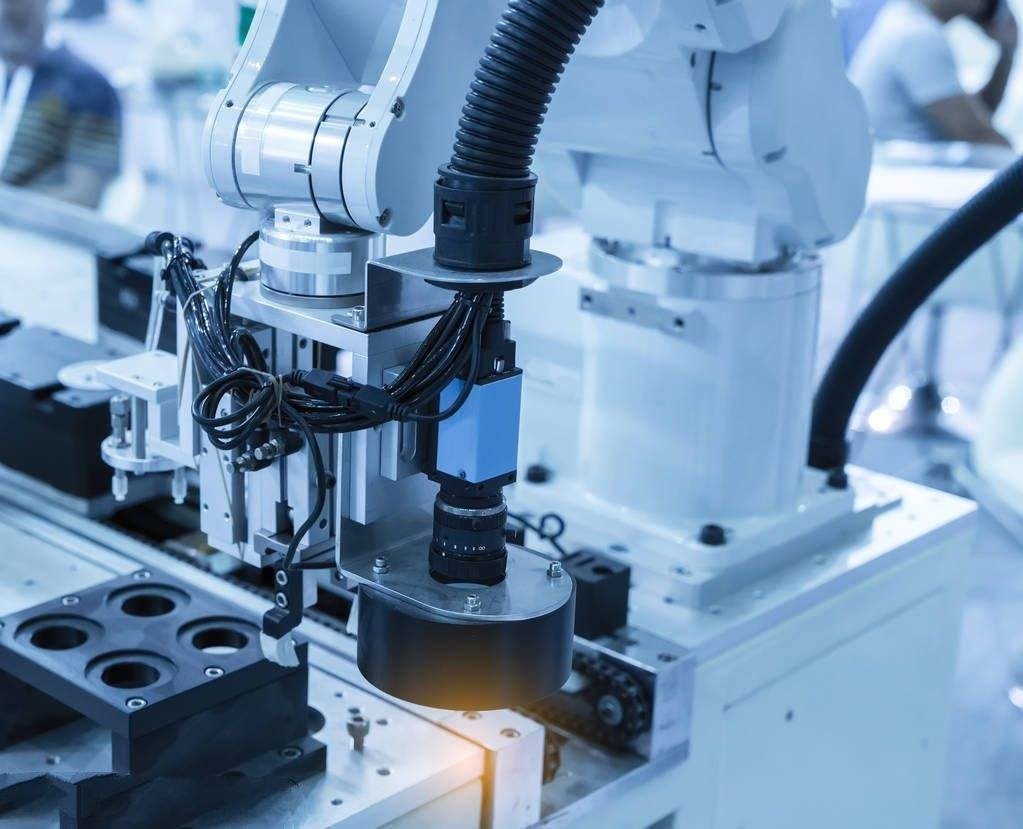
For the traditional industrial automation, the industrial robot repeats the specific action process to complete the processing under the command of the control system. In other words, the guarantee of product processing accuracy depends on the stability of the control system and the accuracy of the whole mechanical system. However, random errors are inevitable in the processing process, such as unpredictable vibration, offset of products transmitted between stations, etc. in addition, the systematic errors caused by the long-term use and decline of precision of mechanical structure will also lead to batch scrapping of products. But the simple sensor is short of money to avoid these errors. In addition, the product sequence is complex and the market demand for flexible production is increasing day by day. It is particularly difficult for industrial robots to complete all this in the case of "blindness".

When industrial robots have the "insight" given by machine vision, the above problems will be solved. After seeing the target, the industrial robot with "insight" guides the action after accurate analysis and positioning, avoids the deviation in product transmission, enhances the production adaptability of different products, and greatly improves the processing accuracy of products. In addition, machine vision can also detect the accuracy of finished products, avoiding the low efficiency, error and omission caused by manual sampling inspection. With the deepening of intelligent manufacturing, intelligent devices with visual perception are becoming more and more popular. Machine vision, as the core component of front-end perception, has a strong market demand.
Machine vision system is a high-tech system integrating modern computer, optical and electronic technology. Machine vision technology processes the images taken by the system through the computer, analyzes the information, makes corresponding judgments, and then sends out control instructions to the equipment. The specific application requirements of machine vision system vary greatly. Of course, the vision system itself may have many different forms. Generally, a successful machine vision system needs to focus on the key technologies of image acquisition (including light source, optical imaging, digital image acquisition and transmission) and image processing and analysis. Machine vision systems have better adaptability than optical or machine sensors.
COPYRIGHT ? Shenyang Rongyi Automation Equipment Co., Ltd. ALL RIGHTS RESERVED. BY:mingtu